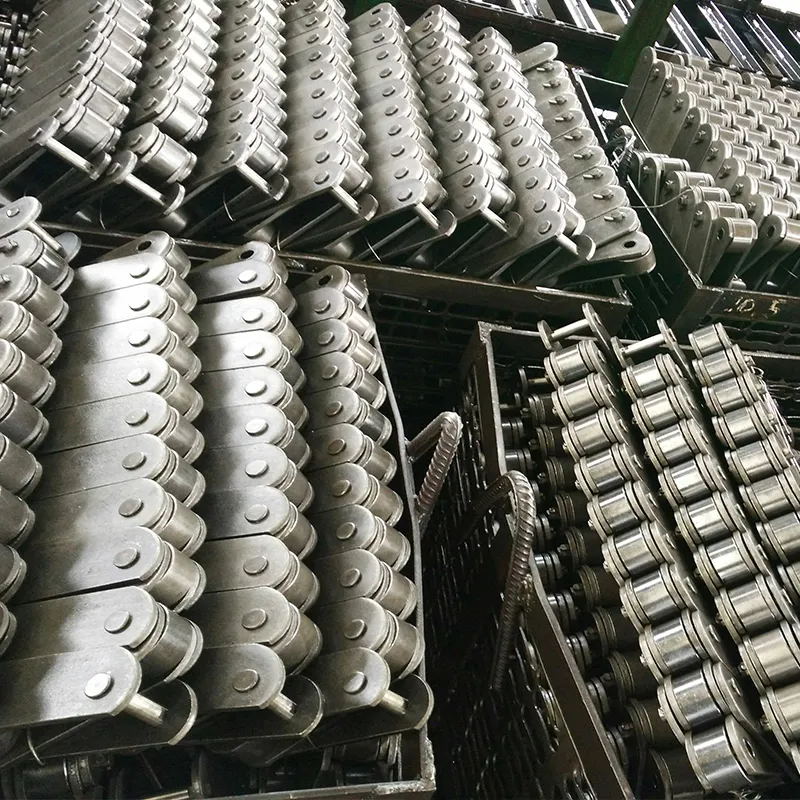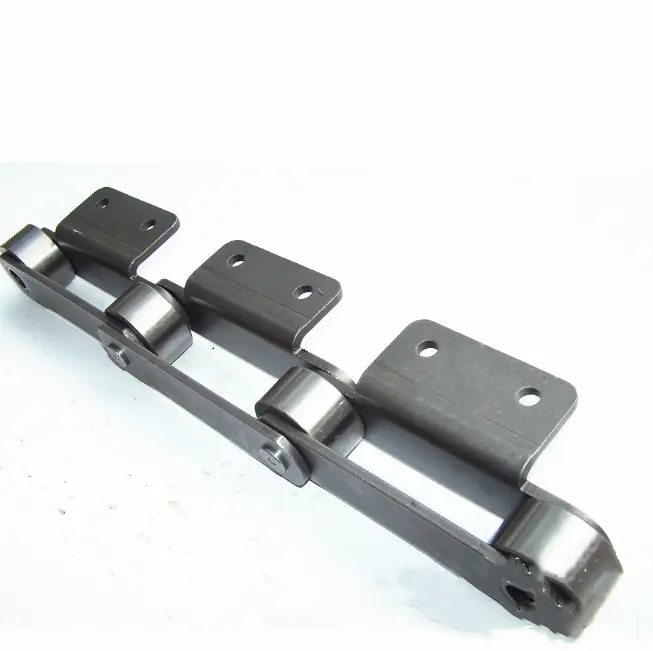Product Description
OEM or ODM service available
Special sizes can be produced according to customers’ requirements.
Mainly used in Industry and Lashing.
Customized requirements are welcome!
| Commodity name | Transport Chain / Binder Chain |
| Brand name | XIHU (WEST LAKE) DIS. |
| Usage | Lifting and connecting, Wire rope fittings, Chain fittings, Marine hardware fittings |
| Main standard | US, EN, DIN |
| Material | Carbon steel, Alloy steel, Stainless steel 304 or 316 |
| Finish | Hot Dipped Galvanized, Electro Galvanized, Color Painted, High polished, Mirror Polished |
| Technology | Drop forged |
| Size | Different size available (Customized) |
| M.O.Q | 100PCS per Size |
| MBS | 6 times WLL or 4 times WLL |
| Packing | Gunny bag or carton and pallet / by customer requirements. |
| Delivery time | 15-30days after order confirmation |
| Payment term | T/T, L/C, Western Union |
| Business type | Manufacturer, trading |
| Certifications | ISO9001,CE,BV,SGS |
| Notes | Special specifications and marks can be made according to customers requirements. |
|
Question |
Answer |
|
1Can you offer OEM &ODM? |
Our company accept OEM&ODM, if your need it, please inform us of your specific requirements. |
|
2What is the MOQ of your rgging product |
The MOQ is different due to different kinds of rigging accessory, mix orders is ok and 100pieces can also be accept |
|
3 I don’t trust your products quality, can you provide samples? |
Yes, we can offer you samples, but you need to pay ,the sample fee will refund to you after your first order. |
|
Are you a factory or a trade company? |
We are factory , welcome to visit our factory at any time. |
|
How to start Chain business?smart home system |
1) HangZhou Xihu (West Lake) Dis. Rigging Co., LTD provide you professional suggestion and solution of Chain CHINAMFG your needs. TAIYITO Wireless Zigbee Home Automation Devices |
/* January 22, 2571 19:08:37 */!function(){function s(e,r){var a,o={};try{e&&e.split(“,”).forEach(function(e,t){e&&(a=e.match(/(.*?):(.*)$/))&&1
| Usage: | Transport Chain |
|---|---|
| Material: | Alloy |
| Surface Treatment: | Electroplating |
| Feature: | Heat Resistant |
| Chain Size: | Customized |
| Structure: | Welded Chain |
| Customization: |
Available
| Customized Request |
|---|
How do mill chains handle misalignment between sprockets in conveyor systems?
Mill chains are designed to handle moderate misalignment between sprockets in conveyor systems. Here’s how they manage misalignment effectively:
Flexible Construction:
Mill chains are built with a flexible construction that allows them to accommodate slight misalignment between sprockets. The chain links and pins have some degree of movement, which helps in absorbing minor misalignment without causing excessive wear or stress on the chain components.
Side Bow Effect:
Mill chains exhibit a phenomenon known as the “side bow” effect, which allows them to adapt to misalignment. The side bow effect refers to the lateral movement of the chain as it wraps around the sprocket. This lateral movement helps the chain adjust to the sprocket’s position, even if it is slightly misaligned.
Sprocket Tooth Design:
The shape of the sprocket teeth can also influence how well the chain handles misalignment. Sprockets with properly designed teeth, such as a standard roller chain sprocket, can aid in reducing the impact of misalignment on the chain’s performance.
Regular Maintenance:
To ensure that mill chains continue to handle misalignment effectively, regular maintenance is essential. Periodic inspections and lubrication can help identify and rectify any misalignment issues, preventing excessive wear and potential chain failure.
Limitations:
While mill chains can tolerate some misalignment, excessive misalignment should be avoided. Prolonged and severe misalignment can lead to accelerated wear and reduce the chain’s overall lifespan. In cases where misalignment is significant, it is crucial to address the root cause of the misalignment and make the necessary adjustments to prevent further chain damage.
Overall, mill chains’ ability to handle misalignment in conveyor systems makes them suitable for applications where minor sprocket misalignment can occur due to system variations or environmental factors.
Can mill chains be used in the energy and power generation sector?
Yes, mill chains can be used in the energy and power generation sector for various applications. They play a crucial role in material handling and conveying processes, supporting the efficient operation of power plants and other energy facilities. Here’s how mill chains are utilized in this sector:
- Coal Handling: In coal-fired power plants, mill chains are commonly used in the coal handling system. They transport coal from storage yards or silos to the coal crushers, and then to the boiler for combustion.
- Biomass Handling: For power plants that use biomass as a renewable energy source, mill chains are employed to handle biomass materials such as wood chips, sawdust, and agricultural residues.
- Fly Ash and Bottom Ash Handling: Mill chains are used to transport fly ash and bottom ash, which are byproducts of coal combustion in power plants. They are conveyed to ash ponds or ash disposal systems for proper management.
- Waste-to-Energy Plants: Mill chains are used in waste-to-energy plants to handle and transport municipal solid waste for energy recovery processes.
- Nuclear Power Plants: Mill chains can be used in nuclear power plants for material handling applications, such as transporting fuel rods or other components within the facility.
- Hydropower Plants: Mill chains may be employed in hydropower plants for material handling during maintenance, construction, or repair activities.
- Wind Energy: In some wind energy projects, mill chains are used for the handling and conveying of materials during the construction and maintenance of wind turbines.
Mill chains are selected based on the specific requirements of each application, taking into account factors such as material type, temperature, corrosion resistance, and load capacity. Proper chain selection ensures reliable and efficient material transfer in the energy and power generation sector, contributing to the smooth operation of power plants and sustainable energy production.
How do mill chains handle abrasive and harsh operating conditions?
Mill chains are designed to withstand abrasive and harsh operating conditions commonly found in various industrial applications. They are constructed using durable materials and specialized designs to ensure reliable performance in demanding environments. Here’s how mill chains handle such conditions:
1. Material Selection:
Mill chains are typically made from high-quality materials like alloy steel, which provides excellent strength and wear resistance. Some chains may also have specific coatings or surface treatments to enhance their durability.
2. Hardened Components:
To increase resistance to abrasion, the components of mill chains such as pins, bushings, and rollers are often hardened through heat treatment processes. This hardening ensures that the chain can endure repeated contact with abrasive materials without significant wear.
3. Specialized Design:
Mill chains may have special design features, such as extended pins or oversized rollers, to reduce contact pressure on the chain’s components. This design minimizes wear and prevents premature failure in abrasive environments.
4. Lubrication:
Proper lubrication is crucial for mill chains operating in harsh conditions. Lubricants reduce friction between moving parts, dissipate heat, and prevent abrasive particles from causing excessive wear.
5. Sealed Joints:
Some mill chains feature sealed joints or special protective covers to prevent abrasive materials from entering critical areas of the chain, further extending its service life.
6. Regular Maintenance:
Even with their robust design, mill chains still require regular maintenance. Scheduled inspections, cleaning, and lubrication help identify potential issues early and keep the chain operating optimally in abrasive and harsh conditions.
7. Proper Chain Tension:
Maintaining the correct chain tension is essential to avoid excessive wear. Proper tension ensures smooth operation and minimizes contact with abrasive materials.
Overall, mill chains’ ability to handle abrasive and harsh operating conditions is a result of their sturdy construction, appropriate material selection, and regular maintenance, making them reliable components in various industrial settings.
editor by CX 2024-04-09




